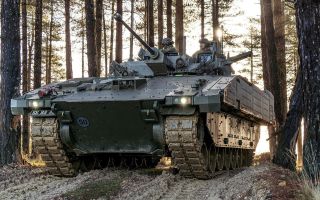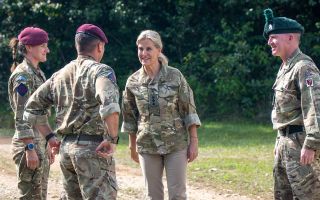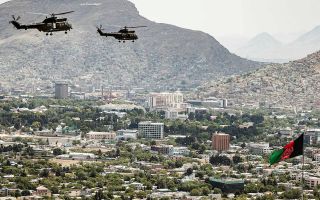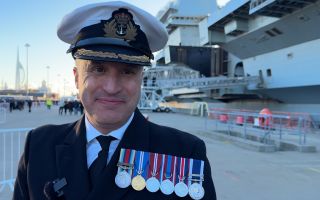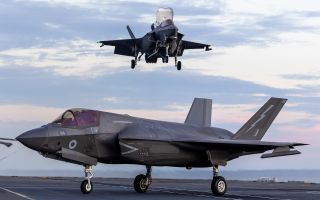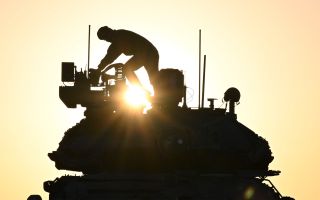What Is Napalm And Is It Still Used In Warfare?
Napalm is widely considered to be one of the most controversial weapons on the planet.
An incendiary explosives compound, it emerged as a by-product of World War Two and went on to be used by several militaries worldwide in the major conflicts of the second half of the 20th Century.
Film fans will know the infamous line "I love the smell of Napalm in the morning", said by mad Colonel Bill Kilgore in Apocalypse Now. But beyond the quote and its reputation for being extremely deadly, what facts lie behind this weapon that Winston Churchill referred to as "cruel" during the Korean War?
With accusations existing of its application as recently as the Iraq War, here, we explore the history around its discovery and use, including by nations you might find surprising. We also look at how Napalm-based weapons have evolved, who they have been used against, and where international law stands regarding their use today.
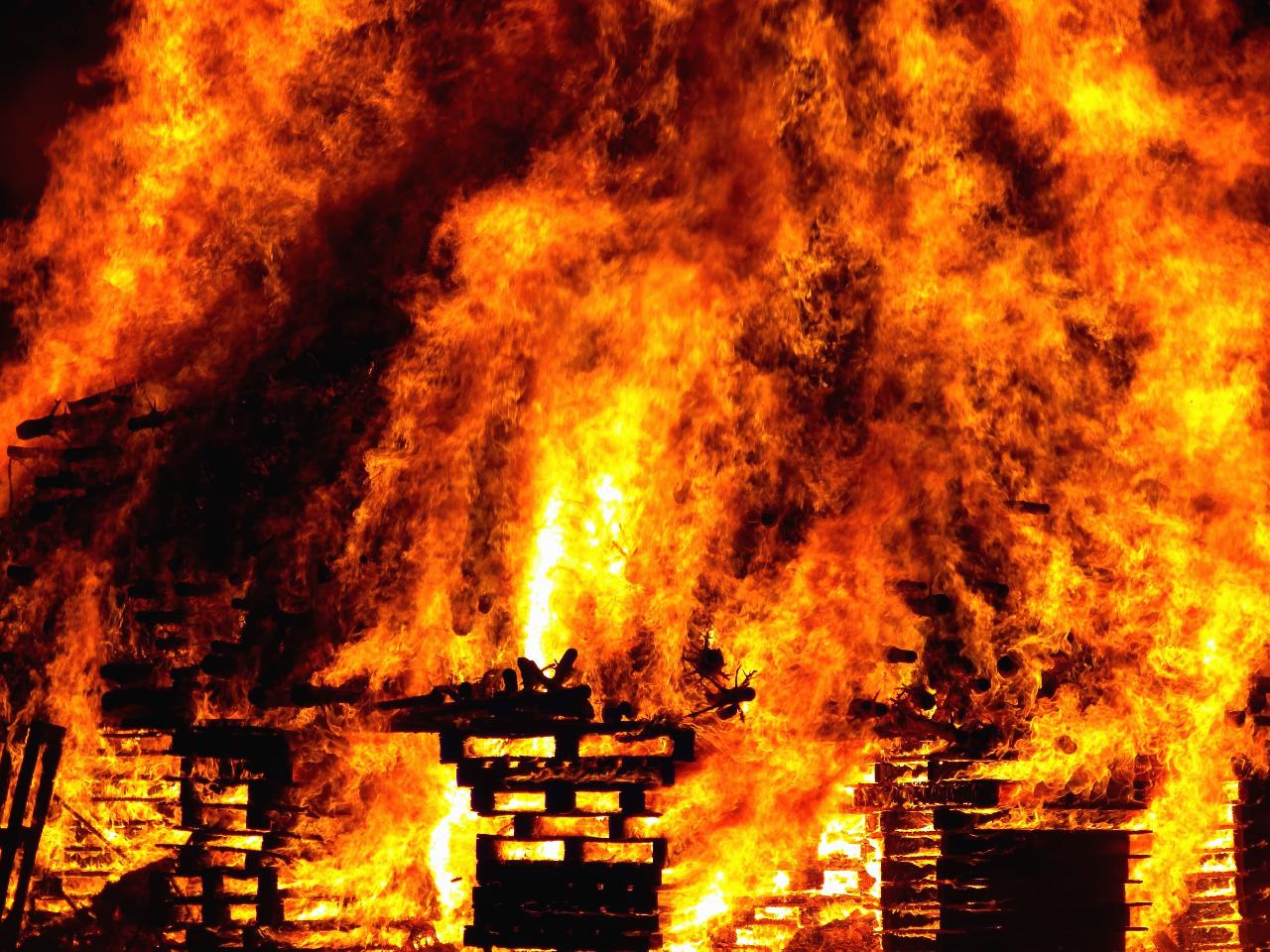
What Is Napalm?
Napalm was invented in 1942 under the supervision of Harvard Professor Louix Fieser, who had secretly been commissioned by the United States Chemical Warfare Service to advance technology around incendiary explosive devices.
Napalm is a mix of gelling agents and volatile petrochemicals, typically gasoline or diesel. Its name derives from the gelling agent's original constituent parts: Naphthenic and Palmitic acids. However, the more widely used later version of Napalm used synthetic compounds for the sticky gelling agent the weapon depends upon, officially known as Napalm B.
What Does Napalm Do?
The gelling agent that forms a crucial element of Napalm's effectiveness sticks tenaciously to targets, resulting in intense burning at temperatures up to 1,200 degrees Celsius. Due to that stickiness and extreme high burning properties, Napalm has been deemed controversial particularly when used as an anti-personnel weapon.
When Was Napalm First Used?
The first use of "Napalm bombing" occurred in Berlin on March 6, 1944, by the US Air Force.
Four months later, again during the Second World War, the Royal Air Force first used weapons with Napalm explosives during a reprisal attack on SS units in Western France following the execution of a SAS officer and seven French Resistance fighters. Unbeknown to the British ahead of the attack, the SS had killed a further 31 special forces unit members.
In 1945, in actions today viewed as too extreme by some, the US widely used Napalm in raids against civilian targets in Tokyo and other key Japanese cities.
Materials commonly used for housing in the inner cities of the target areas often included wood. Such burnable incendiary bombs caused apocalyptic-like results for which the United States has since been criticised.
Has Napalm Been Used Since WW2?
The US continued to use Napalm in follow-up conflicts to the Second World War, including Korea and the ill-fated Vietnam War of the 1960s and 70s.
Its widespread use during the Korean War was criticised, including by Winston Churchill, who called the practice "very cruel."
Churchill also said that the US was "splashing it all over the civilian population" and "torturing great masses of people".
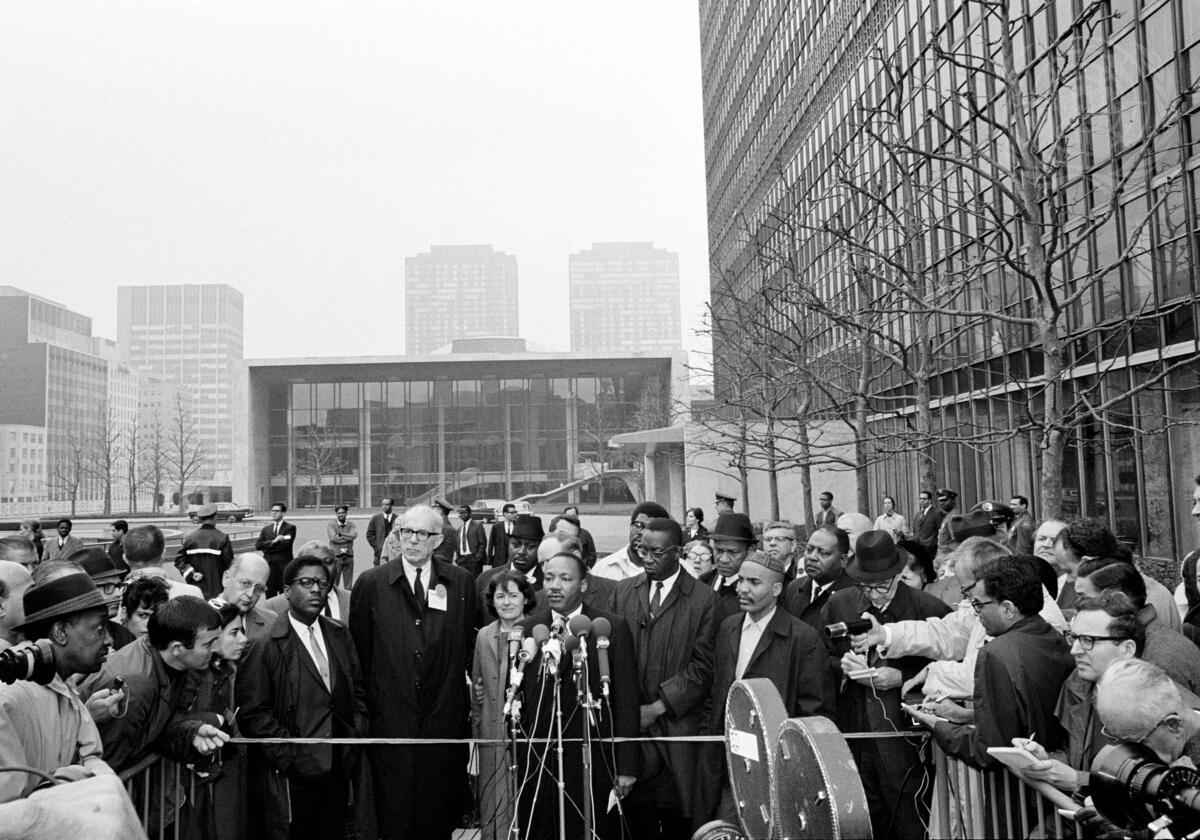
Who Was Napalm Girl?
On June 8, 1972, a South Vietnamese plane accidentally dropped Napalm on its own civilians and forces while targeting Viet Cong hideouts near Trang Bang.
A photograph of fleeing terrified villagers, including naked nine-year-old Phan Thi Kim Phùc, became one of the most iconic images of the twentieth century.
The photograph was taken by Associated Press photographer Nick Ut, for which he won a Pulitzer Prize.
Speaking 44 years on from the day the image was captured, in 2018, Phan Thi Kim Phùc revealed the "emotional pain" and "nightmare" she faced growing up. In an interview with The World, she said:
"And I thought with this scar on my body, "When I'm grown up, I'll never have a boyfriend." I never thought anybody would marry me even though I can have a normal life, like everyone else.
"That was in my thoughts all day and it was not easy."
Did The US Use Napalm In Iraq?
In 2013, the Pentagon denied claims that the US used Napalm in Iraq despite reports that suggested such incendiary devices were used.
Reports at the time quoted American pilots as having dropped Napalm on Iraqi troops during the advance on Baghdad.
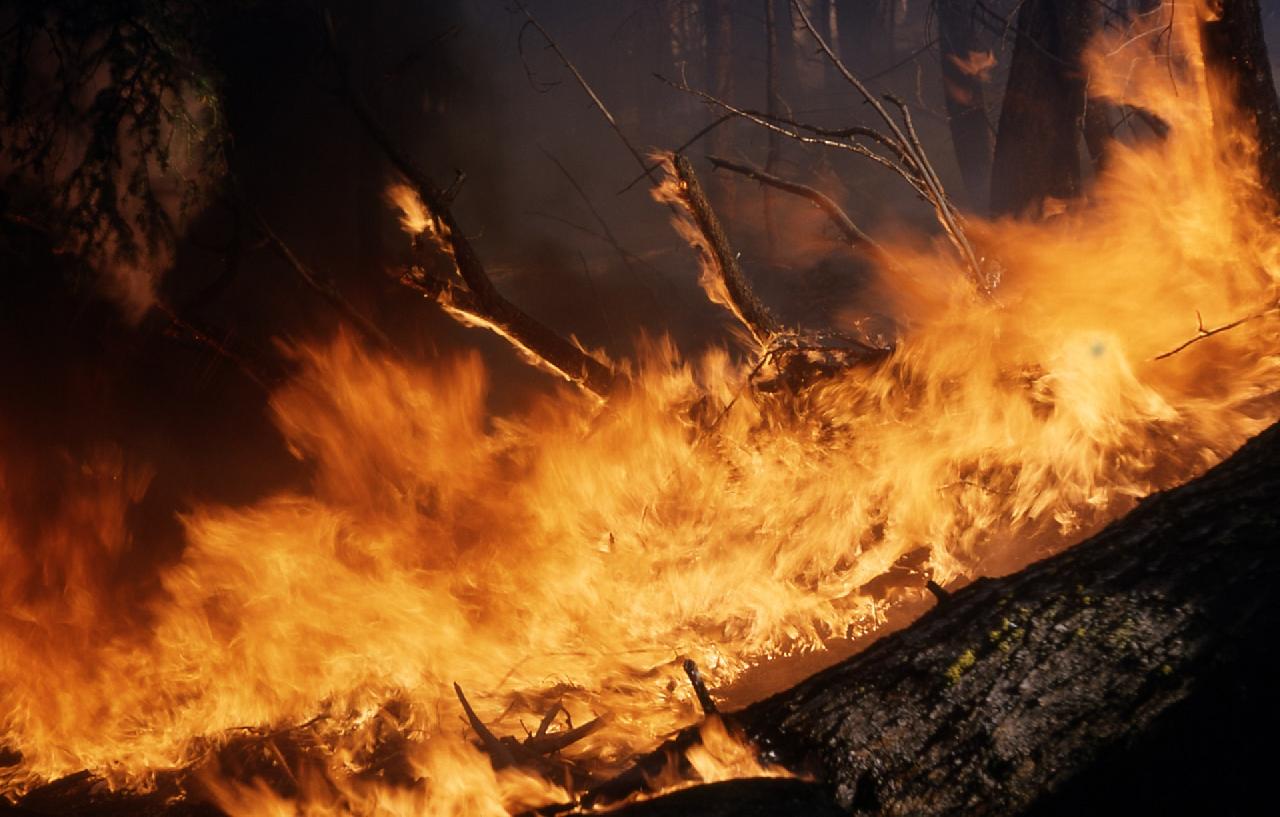
Is Napalm Banned?
Although critics have for decades drawn attention to what they call the inhumane effect the weapon has on its targets, Napalm is not banned under international convention.
However, its use on civilian targets is against the law.
In 1980, the United Nations (UN) Convention on Certain Conventional Weapons (CCW) outlawed its use against civilian targets. Still, infamously, the United States did not become a signatory.
That changed with President Obama's first full day in office in 2009 when he finally signed the US as a signatory to the 1980 convention.

